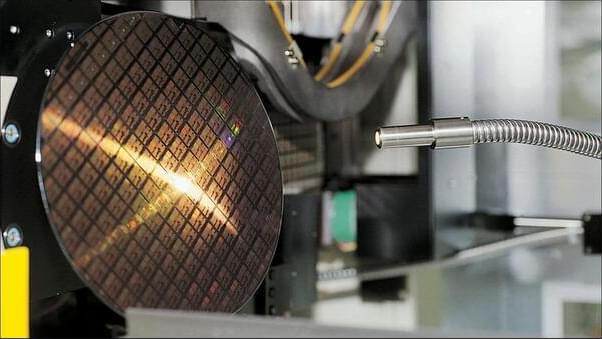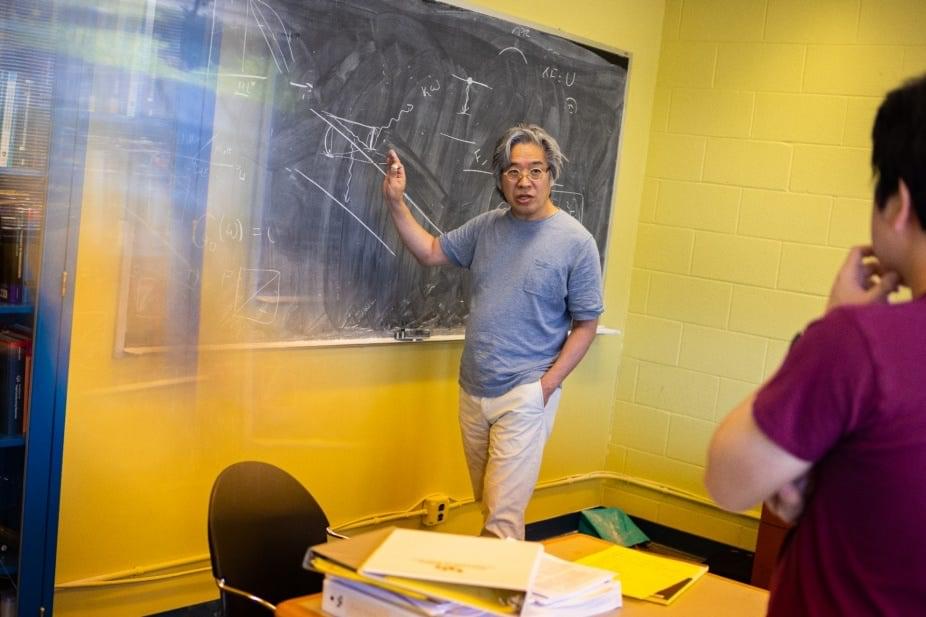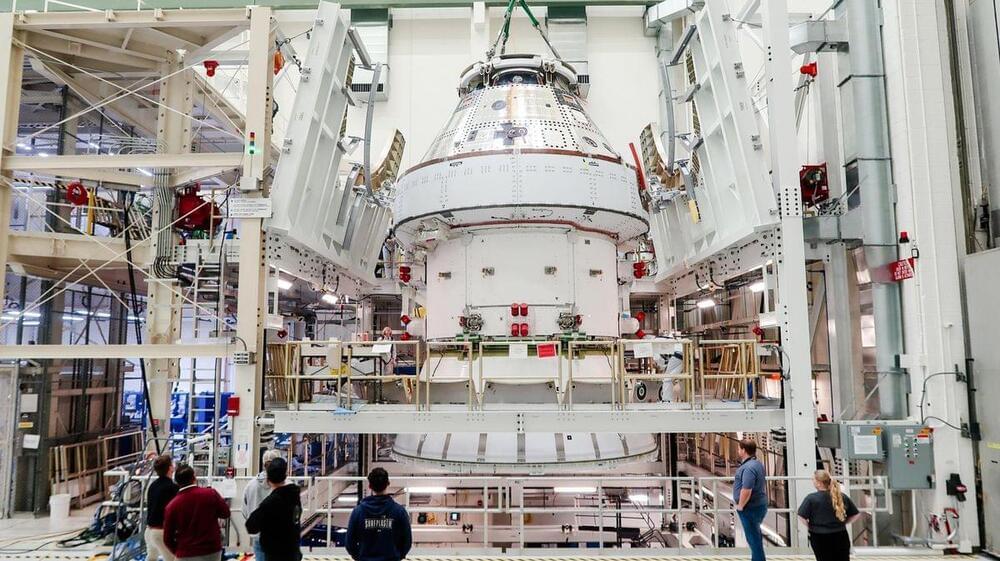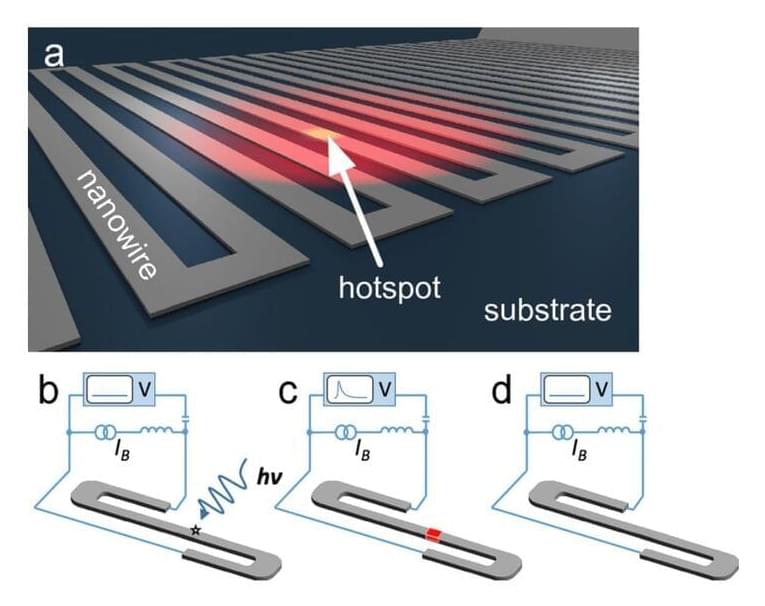Page 10
Apr 14, 2024
Hackers Deploy Python Backdoor in Palo Alto Zero-Day Attack
Posted by Genevieve Klien in category: security
Threat actors have been exploiting the newly disclosed zero-day flaw in Palo Alto Networks PAN-OS software dating back to March 26, 2024, nearly three weeks before it came to light yesterday.
The network security company’s Unit 42 division is tracking the activity under the name Operation MidnightEclipse, attributing it as the work of a single threat actor of unknown provenance.
The security vulnerability, tracked as CVE-2024–3400 (CVSS score: 10.0), is a command injection flaw that enables unauthenticated attackers to execute arbitrary code with root privileges on the firewall.
Apr 14, 2024
Researchers Prove Electrons Move Along “Quantum Paths” in New Study
Posted by Genevieve Klien in categories: computing, quantum physics
The Quantum Insider (TQI) is the leading online resource dedicated exclusively to Quantum Computing.
Apr 14, 2024
Artemis 2 Orion spacecraft starts testing ahead of moon mission with astronauts in 2025 (video)
Posted by Genevieve Klien in category: space travel
NASA’s next moon spacecraft for humans made one small leap into an altitude chamber for vital testing before it brings astronauts on board.
The Orion spacecraft for Artemis 2 is slated to fly around the moon with four astronauts no earlier than September 2025 — but first, engineers with NASA want to make sure it is ready for the job.
Apr 14, 2024
3.5x Faster, Homegrown, and Ready to Take on Nvidia: Meta Unveils Monster AI Chip
Posted by Genevieve Klien in categories: innovation, robotics/AI

META, a leading technology company at the forefront of innovation, has unveiled its next-generation custom silicon chip.
Apr 14, 2024
Physicists solve puzzle about ancient galaxy found by Webb telescope
Posted by Dan Breeden in categories: physics, space
Last September, the James Webb Space Telescope, or JWST, discovered JWST-ER1g, a massive ancient galaxy that formed when the universe was just a quarter of its current age. Surprisingly, an Einstein ring is associated with this galaxy. That’s because JWST-ER1g acts as a lens and bends light from a distant source, which then appears as a ring—a phenomenon called strong gravitational lensing, predicted in Einstein’s theory of general relativity.
Apr 14, 2024
Stanford researchers make critical COVID-19 discovery
Posted by Dan Breeden in categories: biotech/medical, robotics/AI
Welcome to NewsBreak, an open platform where diverse perspectives converge. Most of our content comes from established publications and journalists, as well as from our extensive network of tens of thousands of creators who contribute to our platform. We empower individuals to share insightful viewpoints through short posts and comments. It’s essential to note our commitment to transparency: our Terms of Use acknowledge that our services may not always be error-free, and our Community Standards emphasize our discretion in enforcing policies. We strive to foster a dynamic environment for free expression and robust discourse through safety guardrails of human and AI moderation. Join us in shaping the news narrative together.
Apr 14, 2024
Elon Musk ‘guesses’ AI will be brighter than people by the end of 2026, but there’s a 20% chance it might end humanity anyway
Posted by Dan Breeden in categories: Elon Musk, robotics/AI
Generative AI is quite impressive and has been the common denominator (in most cases) when tapping into new opportunities and unlocking new heights in the tech landscape. Microsoft has significantly benefited from the technology and is currently ranking as the world’s most valuable company, ahead of Apple with over $3 trillion in market capitalization. Market analysts attribute part of this success to its early investment and adoption of AI across its products and services.
Still, AI encounters its fair share of setbacks coupled with controversies and rumors. Perhaps one of the main challenges facing the technology is the lack of elaborate measures and guardrails to prevent it from spiraling out of control.
While relevant parties continue to try to establish control over the technology, billionaire Elon Musk predicts AI will be more intelligent than humans by the end of 2026 (via Business Insider). Musk shared these sentiments in an interview with Norges Bank CEO Nicolai Tangen on X (formerly Twitter).
Apr 14, 2024
Photonic Quantum Computing: A Promising Future With Mature Technologies And Room-Temperature Operations
Posted by Dan Breeden in categories: computing, particle physics, quantum physics
Photonic quantum computation, a type of quantum computation that uses light particles or photons, is divided into two main categories: discrete-variable (DV) and continuous-variable (CV) photonic quantum computation. Both have been realized experimentally and can be combined to overcome individual limitations. Photonic quantum computation is important as it can perform specific computational tasks more efficiently. It has several advantages, including the ability to observe and engineer quantum phenomena at room temperature, maintain coherence, and be engineered using mature technologies. The future of photonic quantum computing looks promising due to the significant progress in photonic technology.
Photonic quantum computation is a type of quantum computation that uses photons, particles of light, as the physical system for performing the computation. Photons are ideal for quantum systems because they operate at room temperature and photonic technologies are relatively mature. The field of photonic quantum computation is divided into two main categories: discrete-variable (DV) and continuous-variable (CV) photonic quantum computation.
In DV photonic quantum computation, quantum information is represented by one or more modal properties, such as polarization, that take on distinct values from a finite set. Quantum information is processed via operations on these modal properties and eventually measured using single photon detectors. On the other hand, in CV photonic quantum computation, quantum information is represented by properties of the electromagnetic field that take on any value in an interval, such as position. The electromagnetic field is transformed via Gaussian and non-Gaussian operations and then detected via homodyne detection.
Apr 14, 2024
Peter Higgs transformed what we know about the building blocks of the universe
Posted by Dan Breeden in category: particle physics
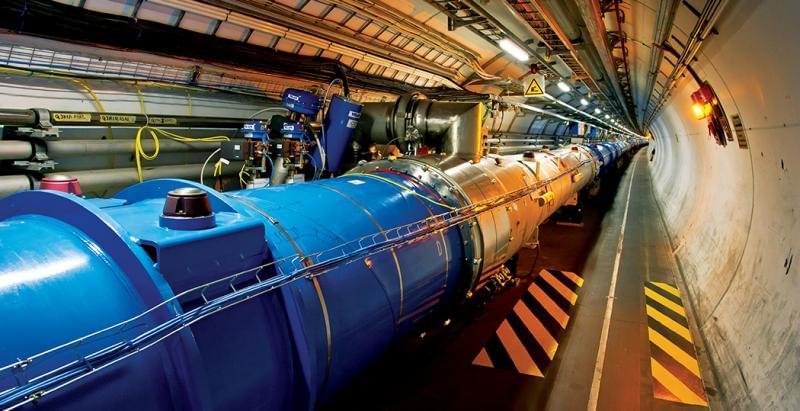
Peter Higgs, who gave his name to the subatomic particle known as the Higgs boson, has died aged 94. He was always a modest man, especially when considering that he was one of the greats of particle physics—the area of science concerned with the building blocks of matter.
